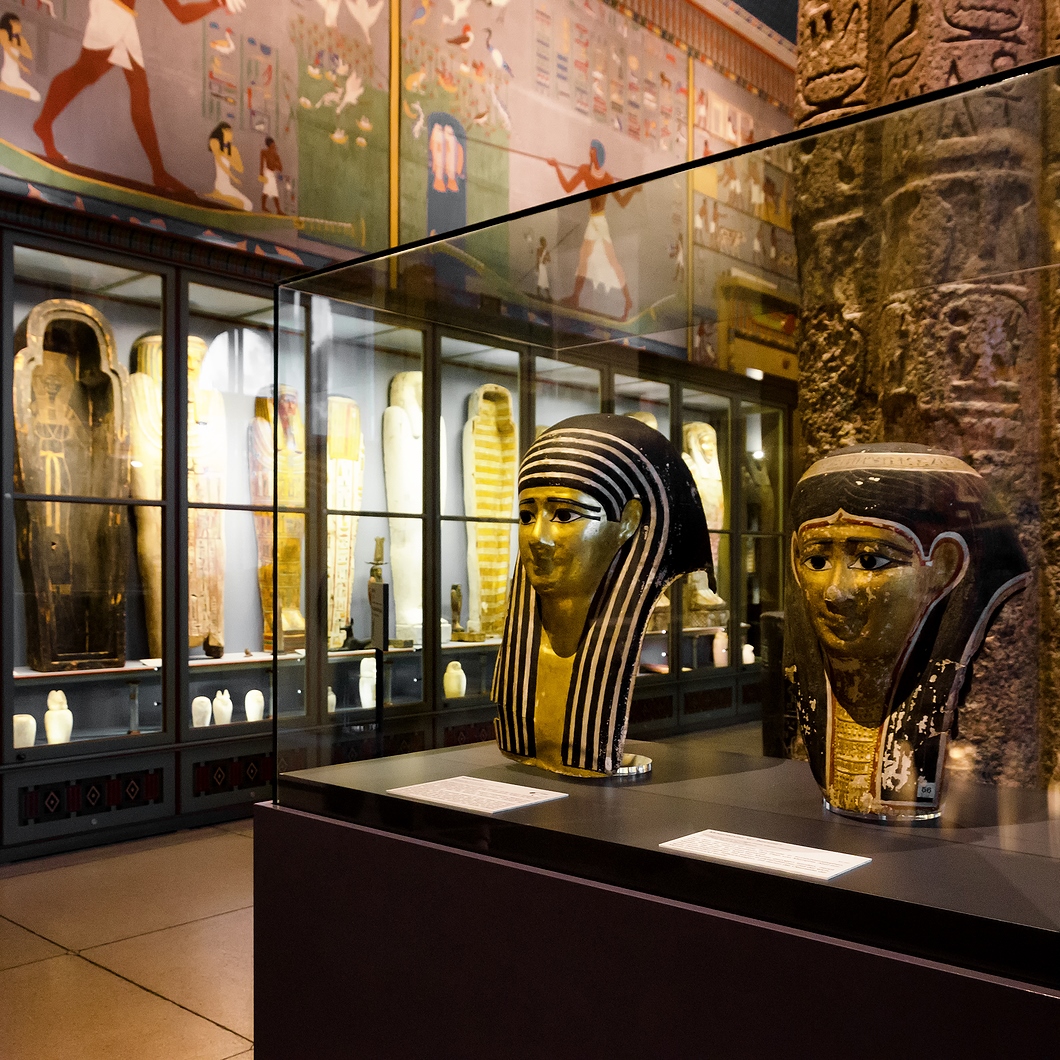For many, the museum-grade storage of fine art is the golden standard of secure long-term storage in line with all industry standards. But what does the storage of an art museum look like? And which safety precautions do the world’s best museums incorporate to secure their precious belongings? Here is a sneak peek into the museum storage parameters.
What Does the Storage of an Art Museum Look Like?
Let’s take a brief look at the key parameters that fine art storage experts take care of in museums.
Environmental Conditions
Fine art survives much better in a stable, controlled environment. That’s why it is of critical importance to maintain a stable level of temperature and humidity in museum storage rooms. The optimal parameters of 700F and 40-50% relative humidity, coupled with advanced air filters, can guarantee the intactness of artwork for many years.
Efficient Storage Systems
Museums often rotate their collections and need to ensure easy access to all stored items for museum staff. Thus, they employ a variety of flexible storage systems, such as adjustable shelving, mobile racks, flat files, and archival drawers, to keep the items in storage. It’s also important to have specialized cabinets for three-dimensional objects, such as sculptures and statues, and organize special shelves for the textiles, initially packed in acid-free materials and rolled for more compact storage.
Security
Most fine art objects are immensely valuable, in both cultural and material terms, so they may often become the targets of thieves and vandals. Museums exclude the risks of penetration, theft, or damage by installing controlled access systems and setting up cameras for 24/7 surveillance. It is also typical for museums to have movement control sensors, fire sensors, and flood trackers to guarantee the objects’ full intactness to natural and man-made disasters.
Conservation
While fine art is stored delicately and professionally in museums, many art objects still deteriorate with time and need expert conservation and restoration. Thus, most museums have conservation labs where all restoration activities are held in a carefully controlled environment. There are also quarantine areas, where new arrivals are held during pest and pollutant checks to avoid other exhibits’ contamination.
Now, you probably have a clear answer to the question, “What does the storage of an art museum look like?” Don’t try to incorporate all these measures to the fullest degree, as they usually require considerable investment in equipment and space arrangement. If you are looking for a storage facility that complies with these norms, welcome to review our storage in Upper Manhattan, built and equipped in full compliance with museum-grade standards.
